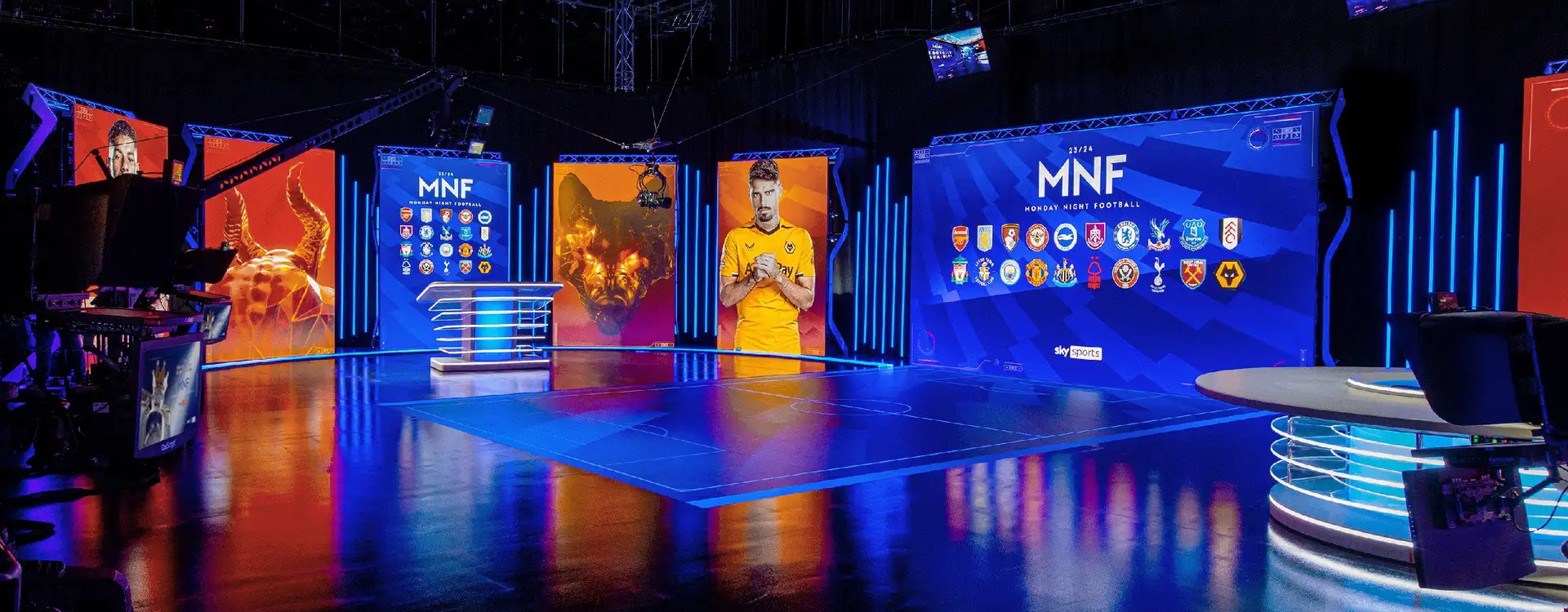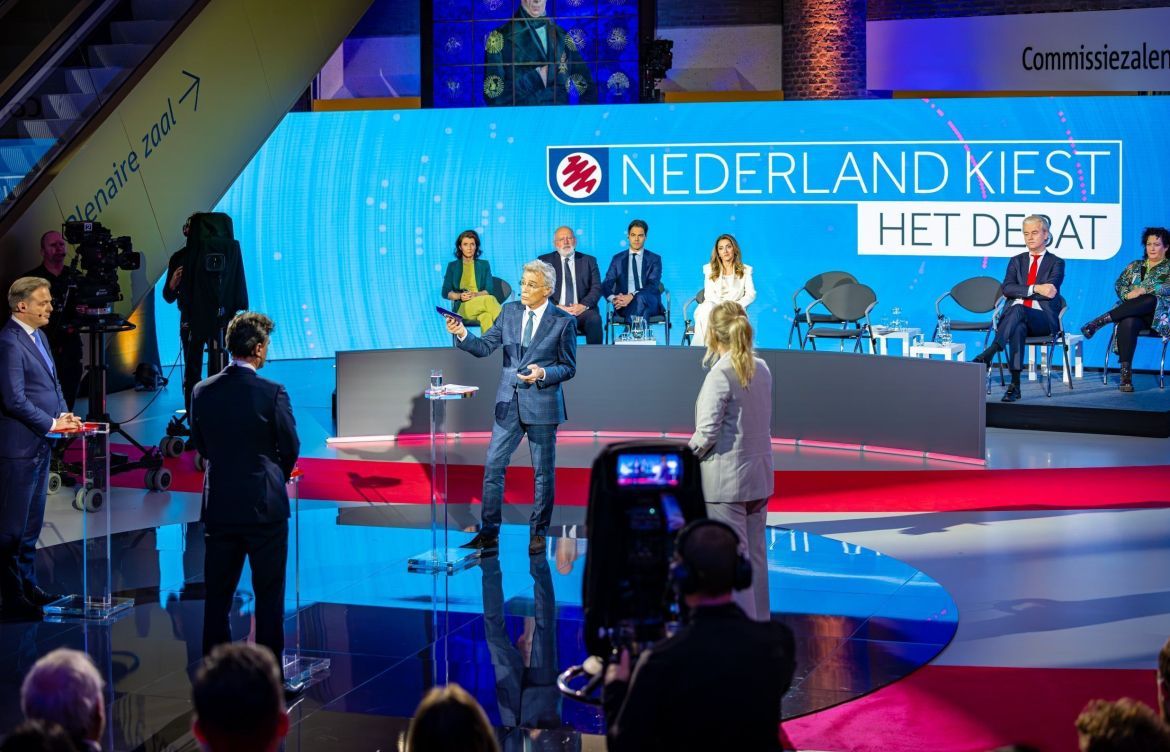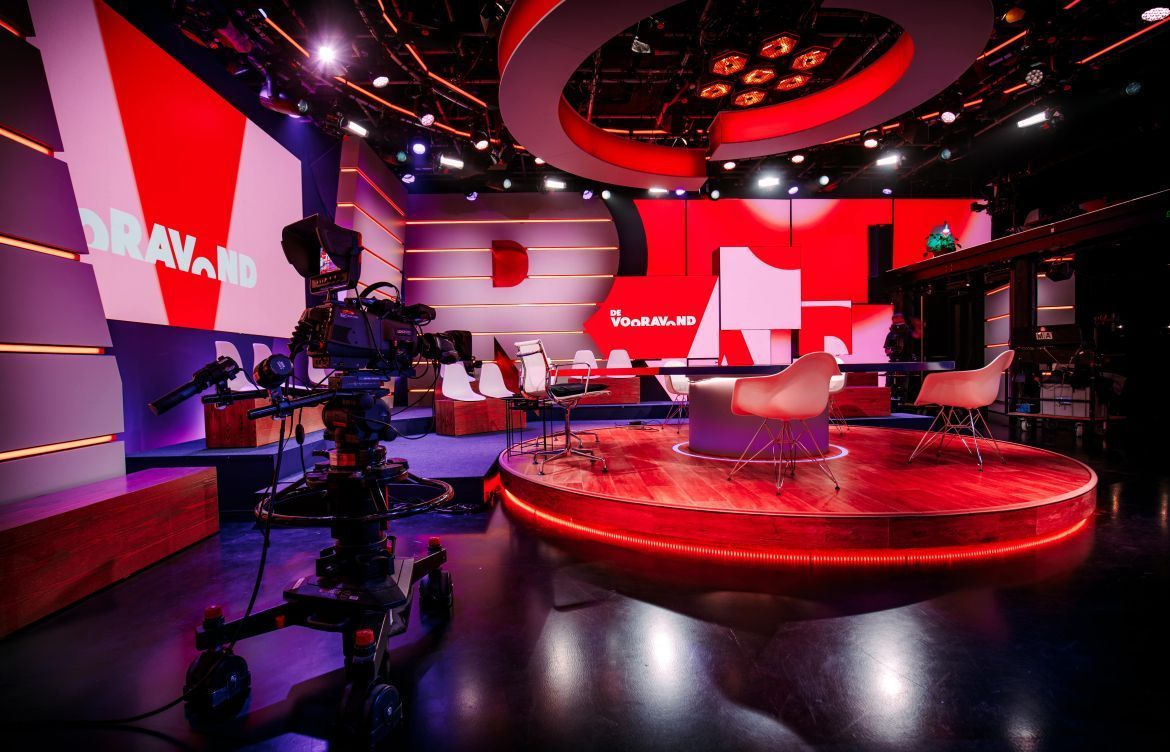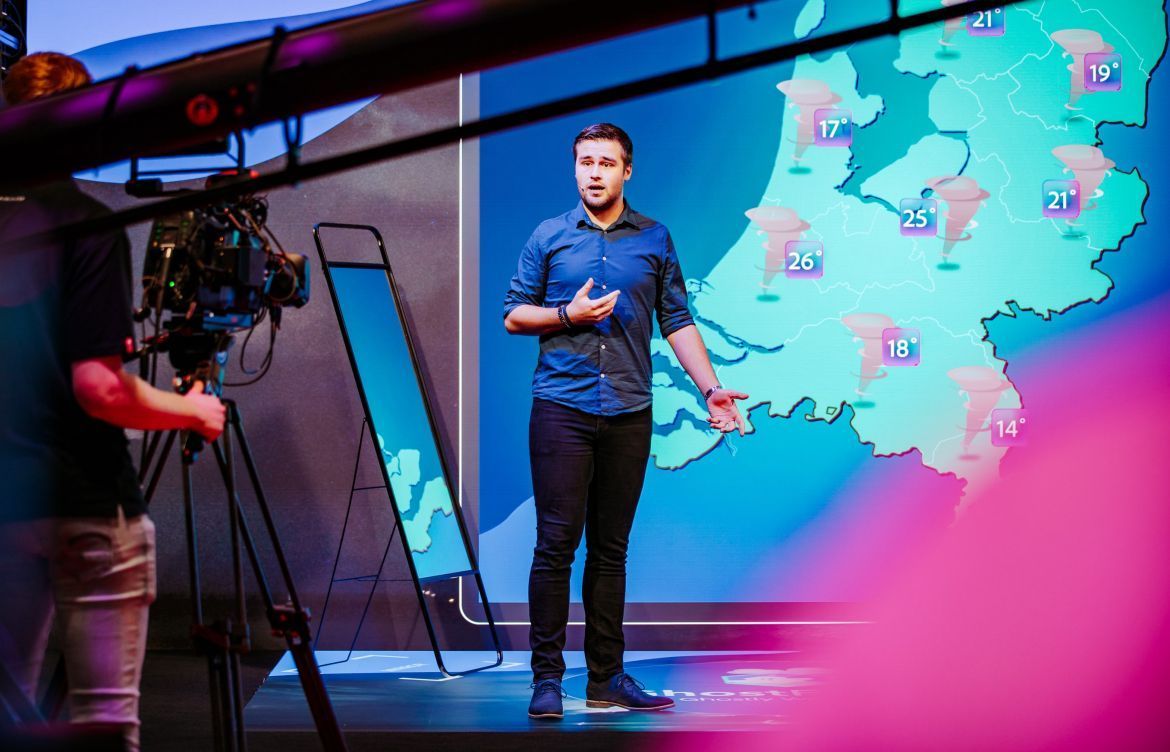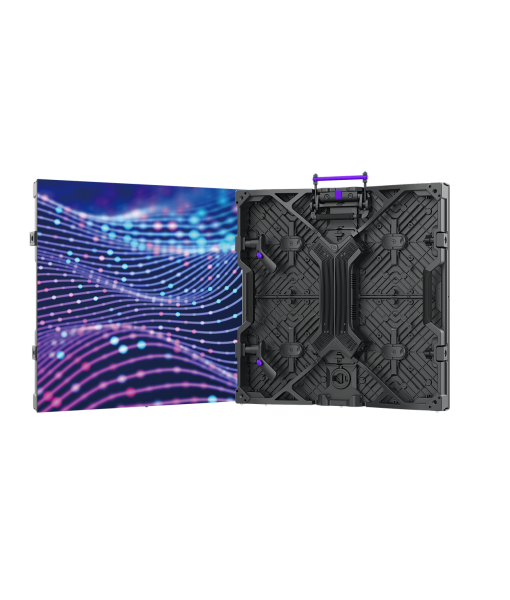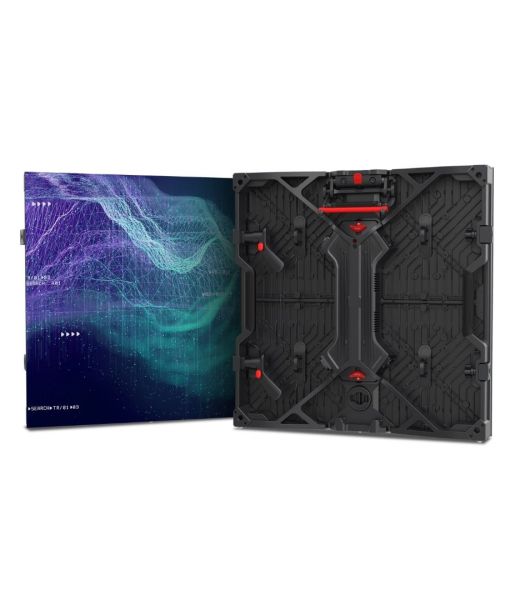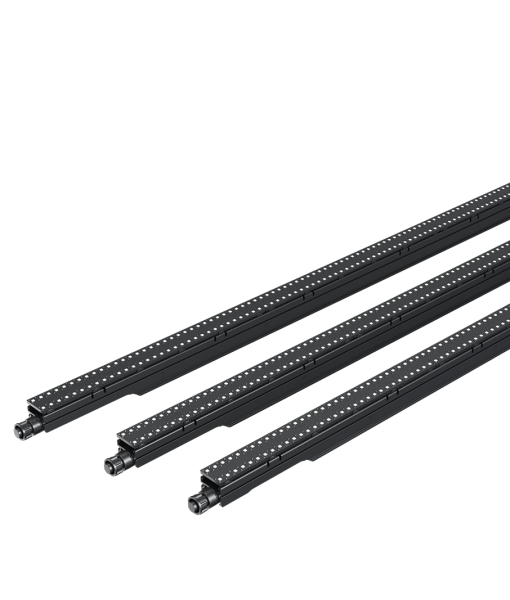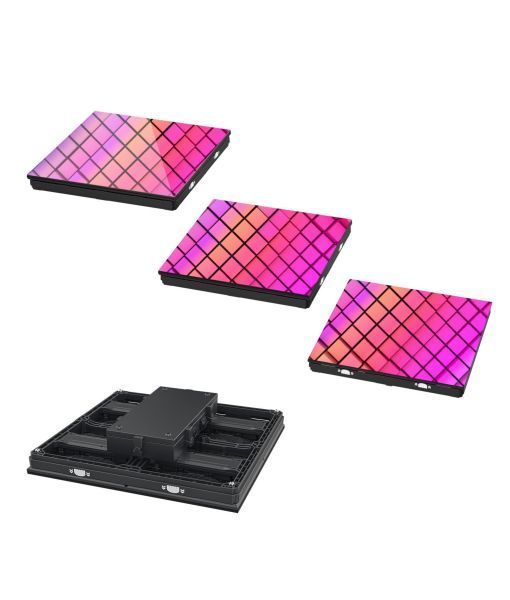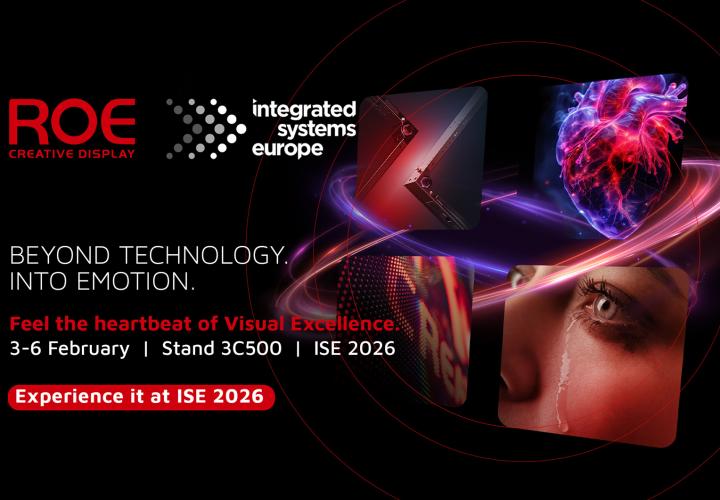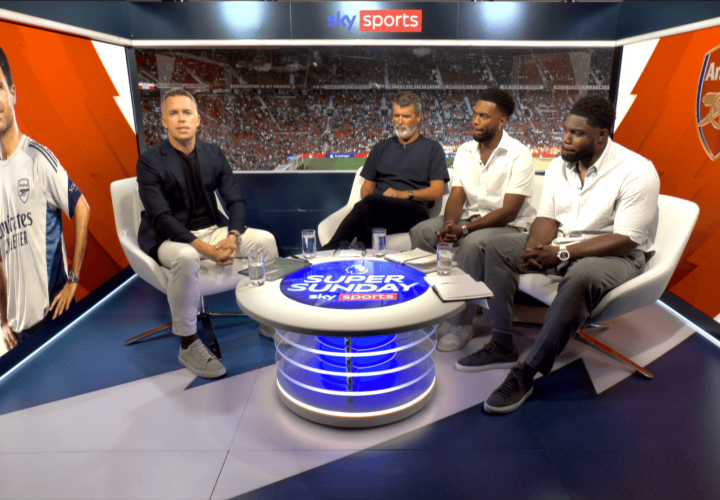Get Ready for the Future in Broadcast
“The Studio looks fantastic, and the creative team is devising many ways of using it within the productions moving forward.”
Neil Coles - White Light
Studio Planning
All broadcast or TV studios have a basic technological environment in common, which can be split in three main parts.
ROE Visual can provide all the LED-based hard- and software you require, for all the other elements, we work closely with a trusted team of industry-leading supplyers and integrators, while maintaining a brand-agnostic approach. We love to find the right partner for you and create cross-industry connections.
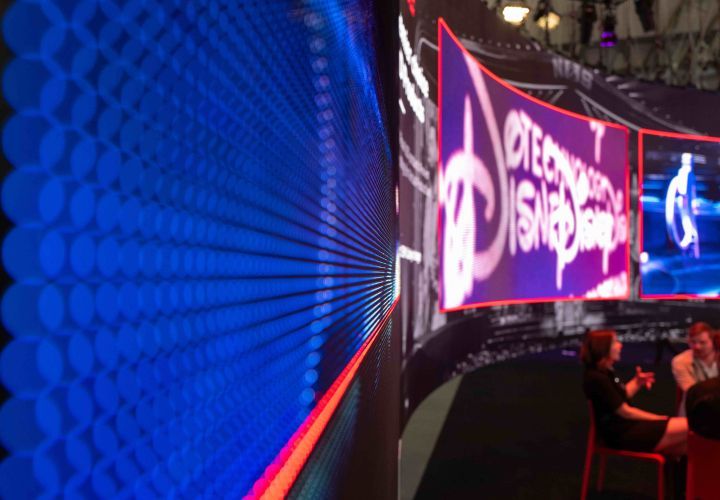
LED Displays
ROE Visual has LED displays in several sizes, shapes and pixel pitches, offering a solution for all required studio elements. LED processing and hardware complete your set-up.
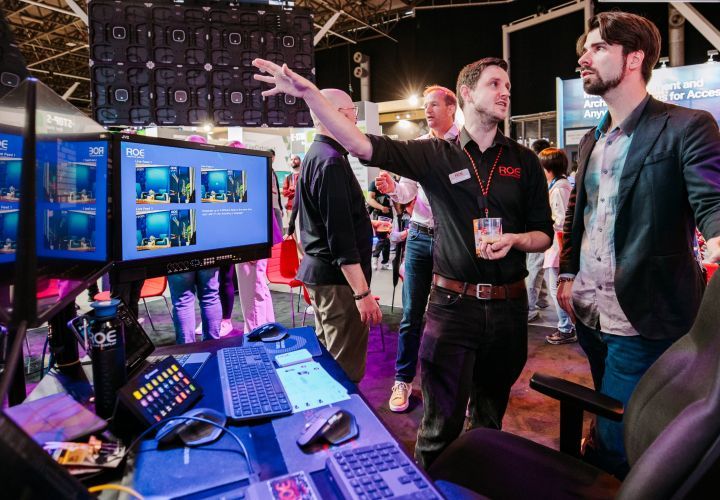
Media Servers
Content play out often requests a sturdy and reliable Media Server. Next to that each studio needs integration equipment to align all the hard and software. ROE Visual has an agnostic approach, working with several partners to provide the best solution for your studio or project.
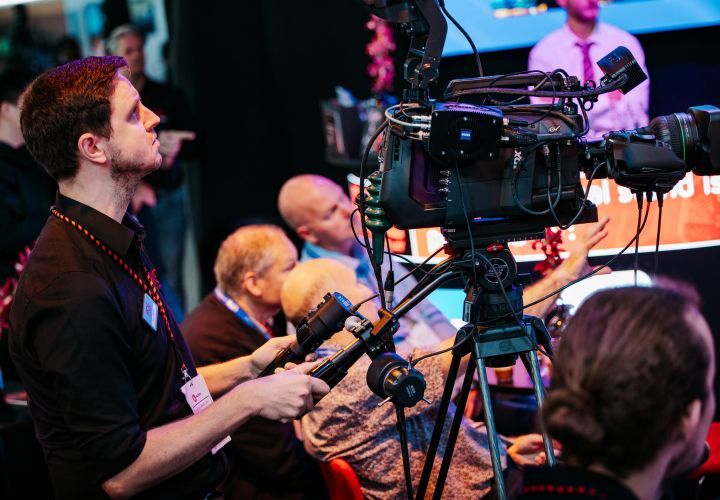
Camera & Camera Tracking
In a broadcast environment you like to choose your own camera and tracking system. ROE Visual understands your preferences and offers testing time in a full-fledged VP studio, just to get things right. The choice is up to you.
Discover our Products
Recent Projects
Beyond Technology. Into Emotion. Join ROE Visual at ISE 2026
ROE Visual will present its latest LED display innovations at ISE 2026, taking place in Barcelona from 3–6 February 2026. At Stand 3C500, ROE Visual will showcase its technology in an immersive environment, combining solutions for rental, broadcast, and marking a significant milestone: the official launch of its AV integration product line.
ROE Visual supports Sky Sports with Ruby LED for Premier League Touring Studio
ROE Visual is proud to announce a new collaboration with Sky Sports, supplying high-performance Ruby RB1.5 LED panels for a mobile broadcast studio to be used throughout the Premier League season. The innovative pop-up studio will tour over 42 stadiums across the UK, delivering premium broadcast quality wherever the action takes place.
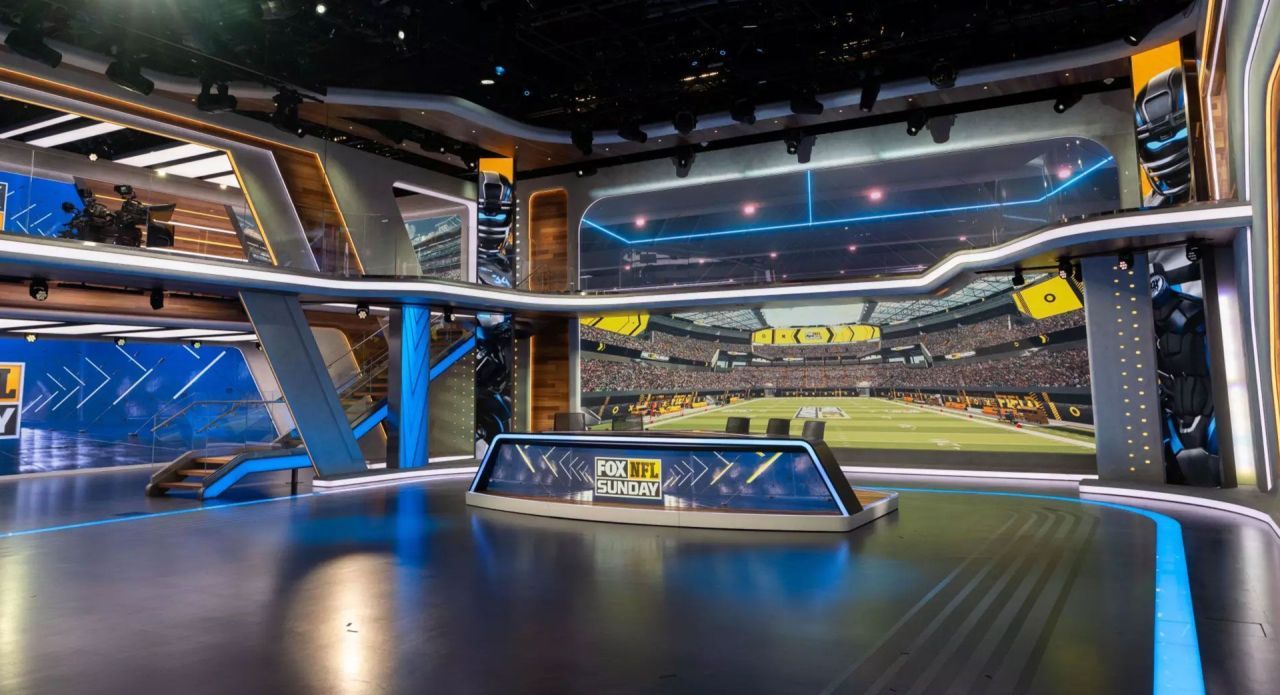
"The biggest switch from green screen to LED is the live component. The director needs to actually see the shot they are about to take in the previs. I have never seen anybody do multiple camera’s in a virtual stage, there’s one camera that tracks and you do the manipulation there. When we first thought of using multicam on a virtual production, we thought it would be impossible. Luckily, we had GhostFrame technology, which proved to be the secret sauce to making the live broadcast happen. Now, with our new LED volume, we can do just about anything.”

